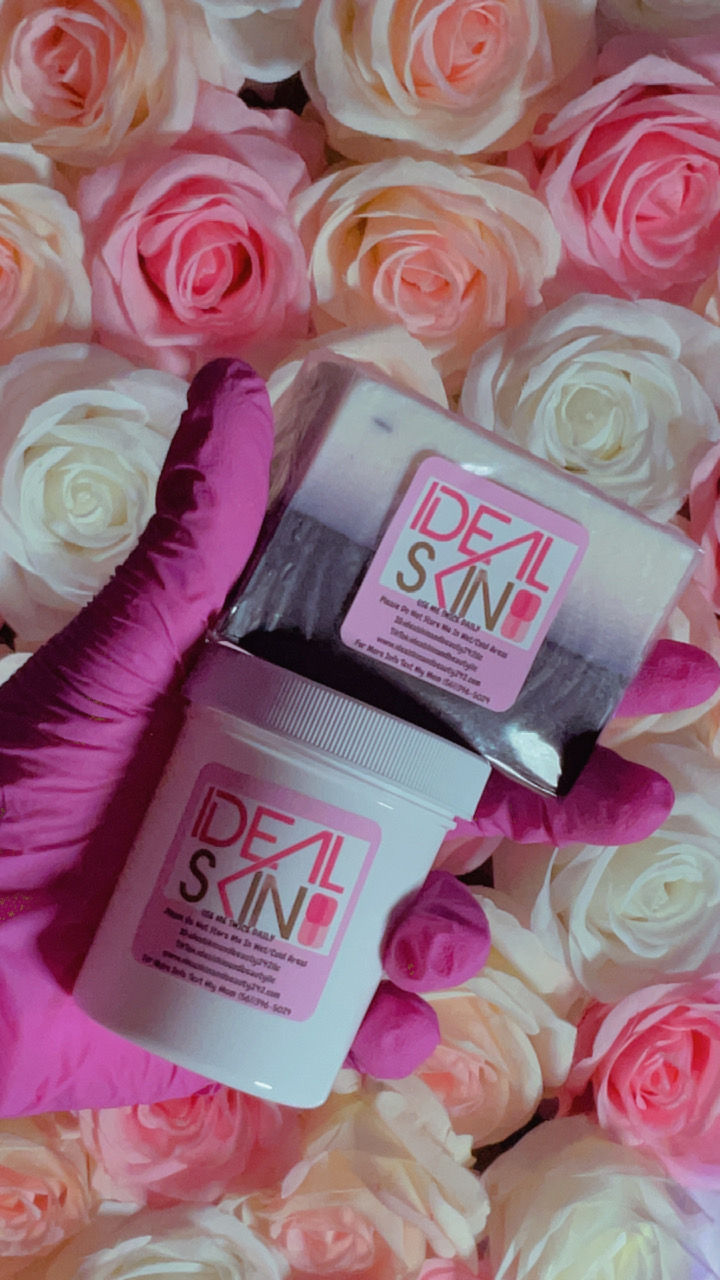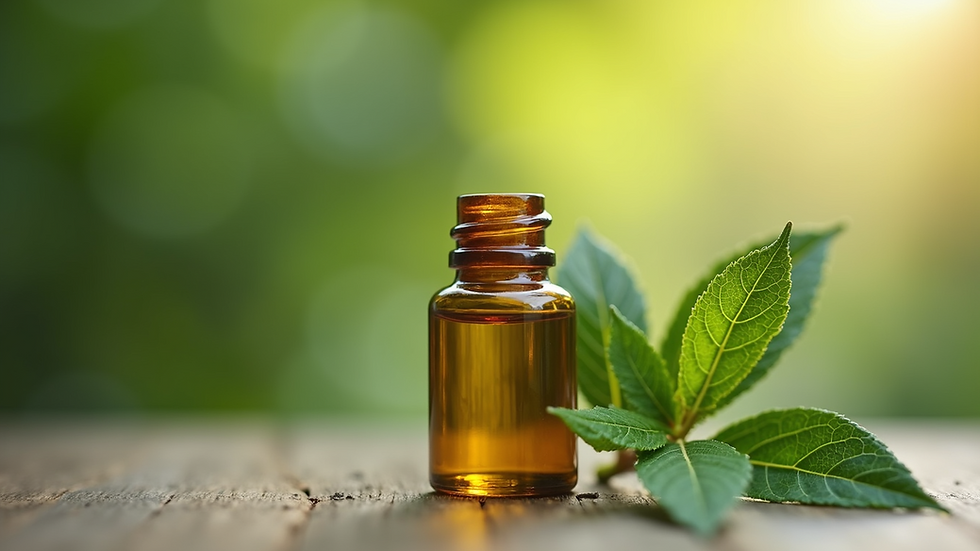How to Build a Skincare Routine for Healthy, Radiant Skin
- Sep 1
- 3 min read
Creating a skincare routine can feel overwhelming with so many products and advice available. However, building a simple, effective routine tailored to your skin’s needs is the key to achieving healthy, radiant skin. This guide will walk you through the essential steps and tips to help you develop a skincare routine that works for you.
Understanding the Basics of a Skincare Routine
A skincare routine is a series of steps you follow daily to care for your skin. The goal is to cleanse, protect, and nourish your skin to maintain its health and appearance. A basic routine usually includes cleansing, moisturizing, and sun protection. Depending on your skin type and concerns, you can add treatments like serums or exfoliants.
Here are the core steps:
Cleansing - Removes dirt, oil, and makeup.
Toning (optional) - Balances skin pH and preps skin for moisturizer.
Moisturizing - Hydrates and locks in moisture.
Sun Protection - Shields skin from harmful UV rays.
Consistency is crucial. Following your routine every morning and night will help your skin improve over time.

How to Customize Your Skincare Routine
Not all skin is the same, so your routine should be personalized. Start by identifying your skin type and concerns. Then, choose products that address those needs without causing irritation.
Step 1: Identify Your Skin Type
Oily skin: Shiny appearance, prone to acne and enlarged pores.
Dry skin: Flaky, rough texture, feels tight.
Combination skin: Oily in some areas (usually T-zone), dry or normal in others.
Sensitive skin: Easily irritated, redness, or itching.
Normal skin: Balanced, neither too oily nor dry.
Step 2: Select Suitable Products
For oily skin, use a gentle foaming cleanser and lightweight, oil-free moisturizers.
For dry skin, opt for creamy cleansers and rich, hydrating moisturizers.
For sensitive skin, choose fragrance-free, hypoallergenic products.
For combination skin, use products that balance oil without over-drying.
Step 3: Add Targeted Treatments
If you have specific concerns like acne, hyperpigmentation, or aging, incorporate serums or treatments with ingredients such as:
Salicylic acid for acne
Vitamin C for brightening
Retinol for anti-aging
Hyaluronic acid for hydration
Always introduce new products gradually to monitor how your skin reacts.

What is the ideal skin type?
The concept of the ideal skin varies, but generally, it refers to skin that is well-balanced, clear, and radiant without excessive oiliness or dryness. It is smooth, hydrated, and free from blemishes or irritation. Achieving this balance requires understanding your skin’s unique needs and caring for it accordingly.
Many people strive for this balance by maintaining a consistent skincare routine and protecting their skin from environmental damage. Remember, the ideal skin is not about perfection but about healthy, glowing skin that feels comfortable and looks vibrant.
Tips for Building a Sustainable Skincare Routine
Building a skincare routine is not just about the products but also about habits and lifestyle choices. Here are some practical tips to help you maintain your routine and improve your skin health:
Start simple: Begin with the basics and add products as needed.
Be consistent: Use your routine daily, morning and night.
Patch test new products: Apply a small amount on your wrist or behind your ear to check for reactions.
Avoid over-exfoliating: Limit exfoliation to 1-2 times per week to prevent irritation.
Stay hydrated: Drink plenty of water to support skin hydration.
Eat a balanced diet: Nutrient-rich foods promote skin health.
Get enough sleep: Rest helps skin repair and regenerate.
Protect your skin from the sun: Use sunscreen every day, even on cloudy days.
By following these tips, you can create a routine that fits your lifestyle and supports your skin’s natural beauty.

Enhancing Your Routine with Professional Advice
Sometimes, professional guidance can make a significant difference in your skincare journey. Dermatologists and skincare specialists can help you:
Diagnose your skin type and conditions accurately.
Recommend products and treatments tailored to your needs.
Provide in-office treatments like facials, chemical peels, or laser therapy.
Monitor your progress and adjust your routine as needed.
If you are unsure about your skin or want to achieve specific goals, consulting a professional can save time and prevent potential skin issues.
Building a skincare routine is a rewarding process that leads to healthier, more radiant skin. By understanding your skin, choosing the right products, and maintaining good habits, you can enjoy the benefits of a glowing complexion every day. Remember, the journey to beautiful skin is personal and ongoing, so be patient and kind to your skin as you discover what works best for you.









Comments